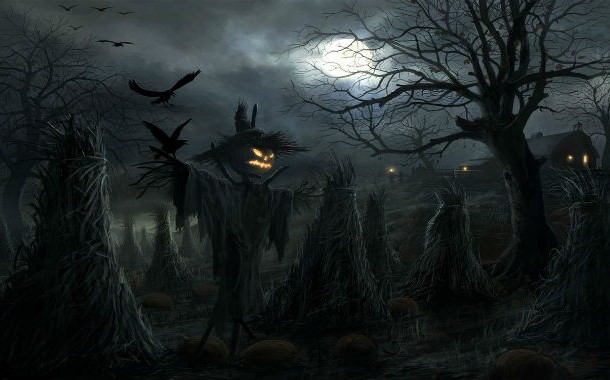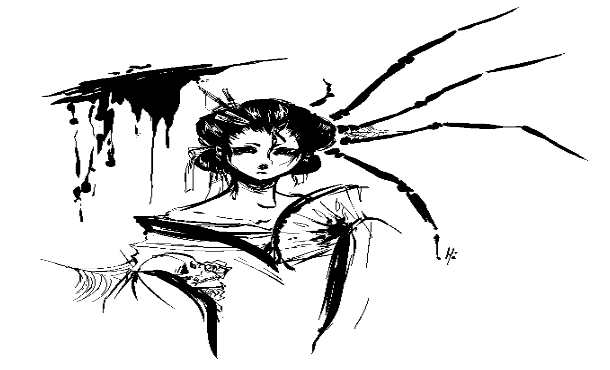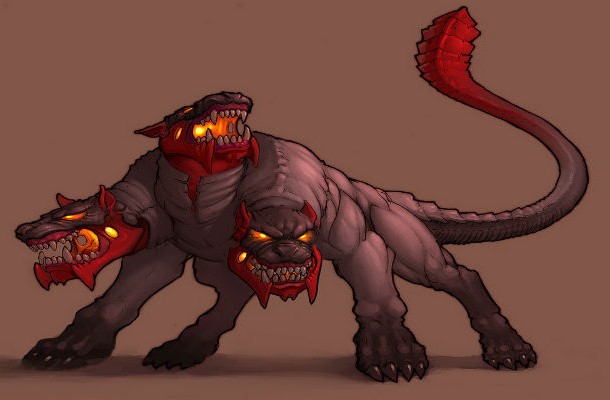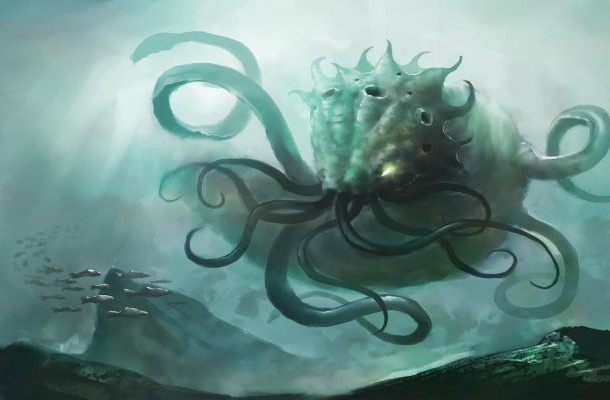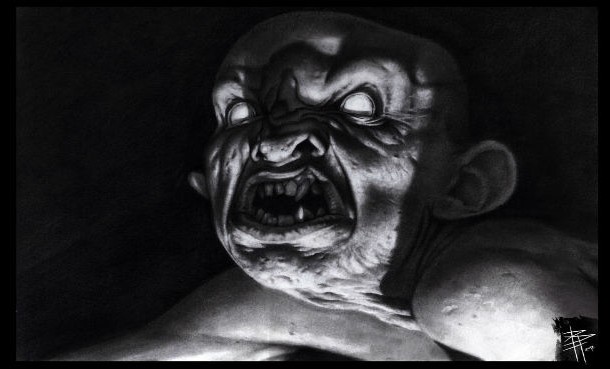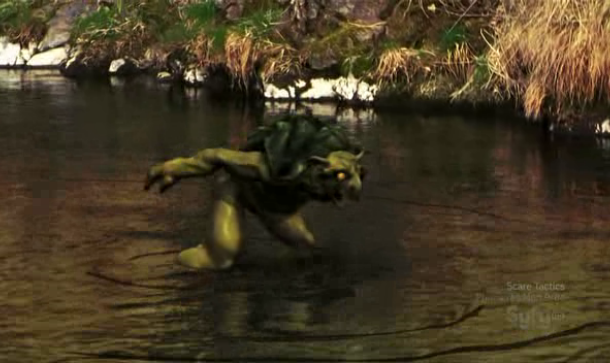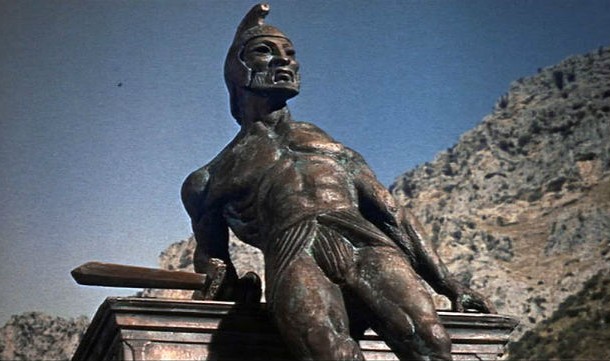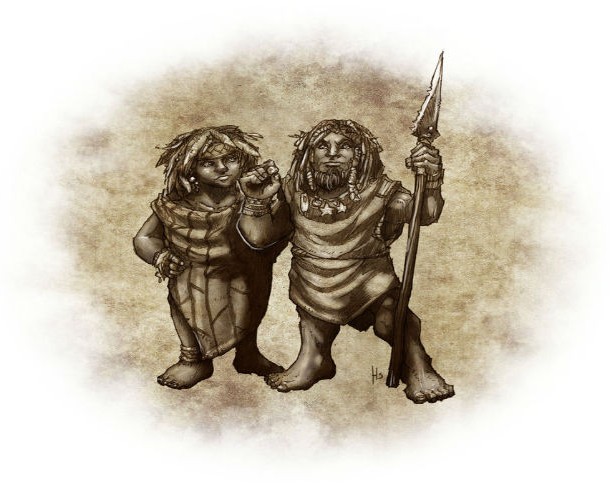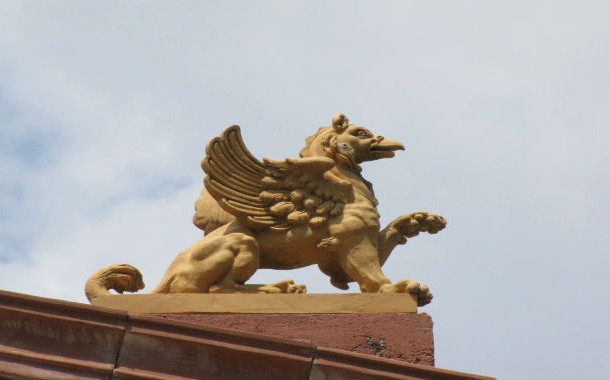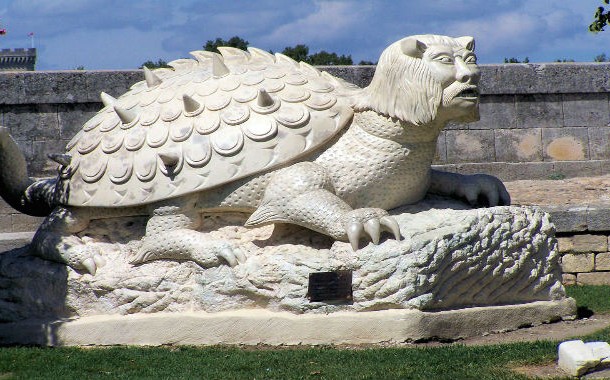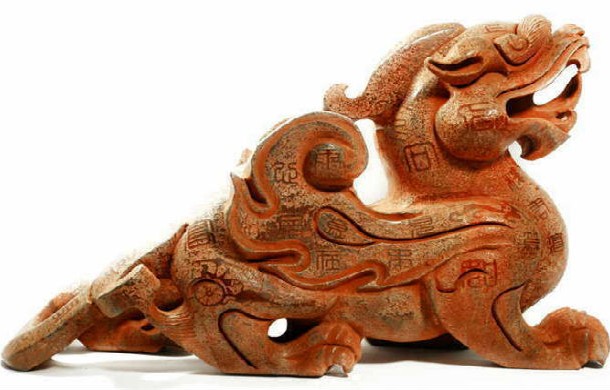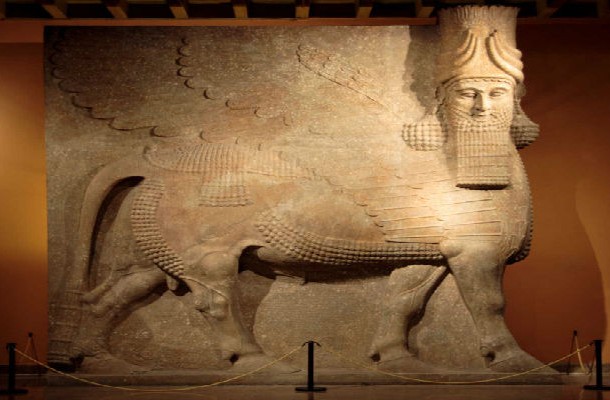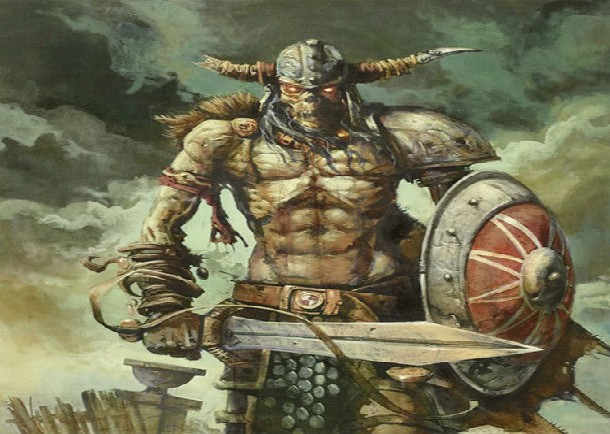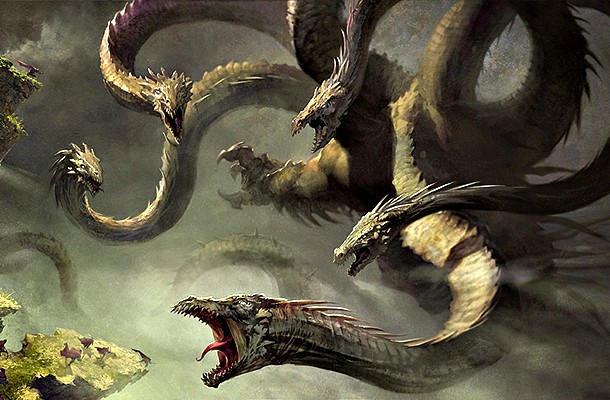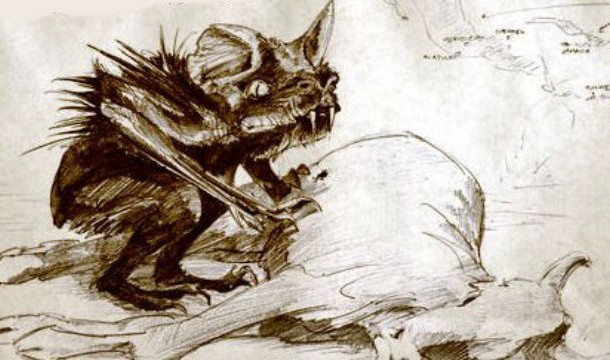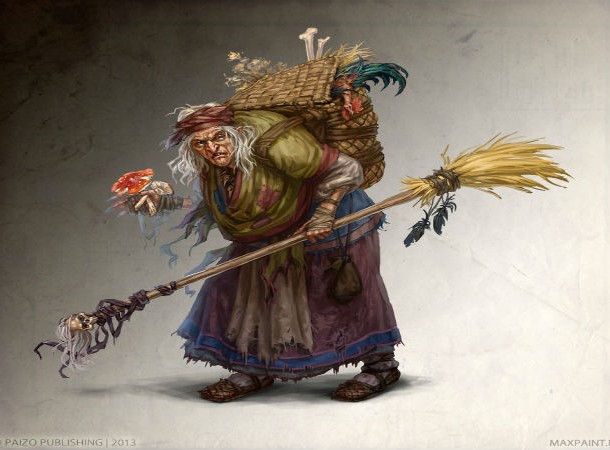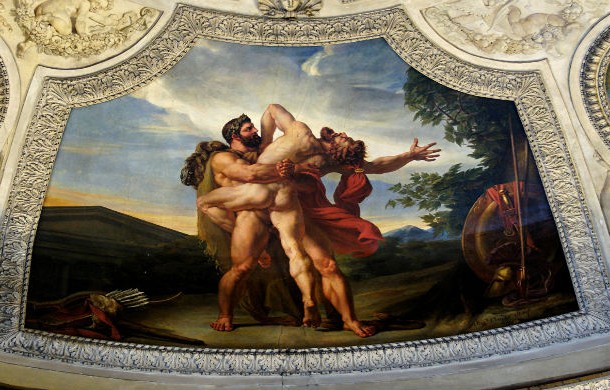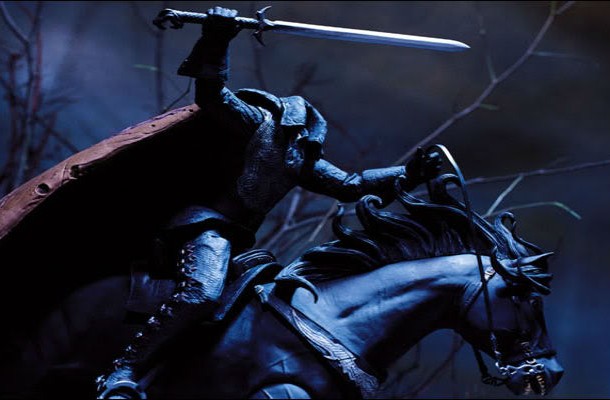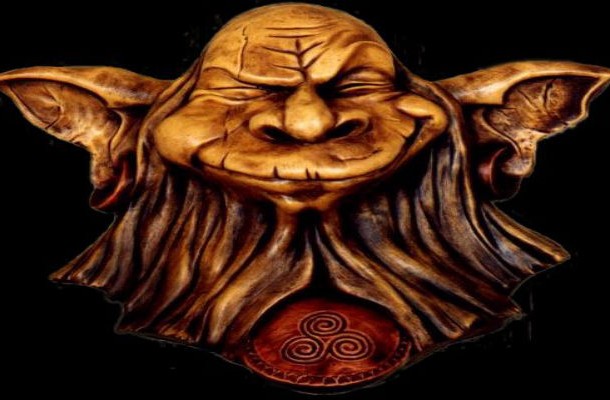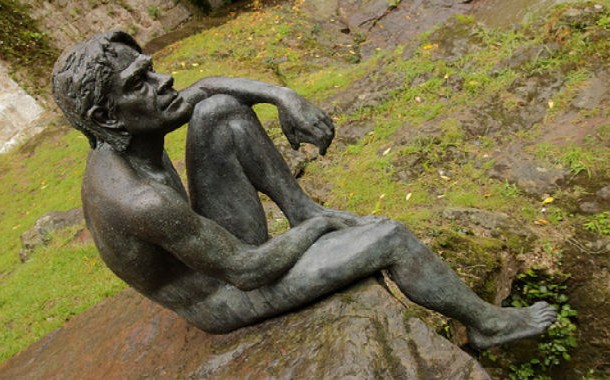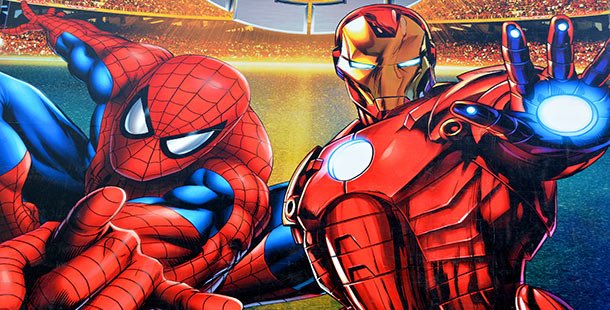The Norwegian fishermen originally described the sea monster as a gigantic animal that was as big as an island and presented danger to passing ships not from direct attack but from the giant waves and tsunamis that its movements could cause. Quickly, however, people began spreading stories about the monster’s vicious attacks and aggressive behavior, which destroyed every ship that had the misfortune of passing through its waters. As for modern historians, they seem to be pretty sure that the Kraken was nothing more than some giant squid and the rest of the stories were nothing but the sci-fi creation of a wild imagination. Of course, this creature never existed and was a myth invented by the wise Algonquian who tried to prevent their people from engaging in cannibalism, which was apparently a problem among their tribe. According to legend, a kappa’s head should always be kept wet otherwise it will lose its strength. Strangely enough, many people consider the existence of a kappa a sure thing and there are signs at some lakes in Japan warning the visitors that there’s a serious danger of being attacked by the creature while they enjoy their picnic. However, no one has found skeletons or remains of the small-bodied people in Hawaii to confirm their existence despite there being strong evidence that there was an ancient tribe living there that happened to include exceptional craftsmen well before the Polynesians or Europeans arrived. All this, however, ended when a young devoted Christian named Martha arrived in the town to spread the gospel of Jesus and discovered what the people were going through for years because of the ferocious dragon. When she found him in the forest, she supposedly sprinkled holy water on him and tamed his wild nature. She then took him back to the town of Nerluc, where the angry locals stoned Tarasque to death before Martha could explain to them that the dragon was now harmless. On November 25, 2005, UNESCO included the Tarasque on the list of Masterpieces of the Oral and Intangible Heritage of Humanity, in this way recognizing the immense cultural impact of the dragon’s tale, especially in medieval Europe. Eventually Perseus killed Medusa with the help of Athena who had treated her once beautiful, virgin maiden in the worst possible way. According to legend, when Heracles cut off one head, two emerged. For this reason, Heracles’s nephew, Iolaus, burnt the root of each head once his uncle cut it off, only then did they stop multiplying. When Heracles cut off the last head, which was the biggest one and believed to be immortal, he buried it in the earth so it would not rise from the dead and terrorize the area again. Heracles then used its blood (which was poisonous) to make poisoned arrows and thus a deadly weapon against his enemies. But one day his luck went south, however, because one of the passersby happened to be Heracles, who was on his way to the Garden of the Hesperides to complete his eleventh labor. Antaeus made the fatal mistake of challenging Heracles, and once the world’s greatest hero discovered the giant’s “kryptonite” he lifted him up and crushed him in a bear hug. The fish-man of Liérganes, according to urban legend, is an amphibious being that looks like a depressed man who had been lost at sea. Many people believed that the fish-man was one of the four sons of Francisco de la Vega and María del Casar, a couple who lived in the area, who was thought to have drowned when he went swimming with his friends in Bilbao’s estuary and was never seen again. What’s even more strange about this story is the fact that the bright Spanish Enlightenment scholar Benito Jerónimo Feijoo, who was known for encouraging scientific and empirical thought in an effort to debunk myths and superstitions, examined the tale closely, and was charmed by this story to the point that he claimed, against his own better judgment, that the story of the fish-man of Liérganes was somehow true. These mythic creatures are pretty freaky right? If you enjoyed these, then you will go bonkers for these 25 Most Legendary Creatures From Greek Mythology.
